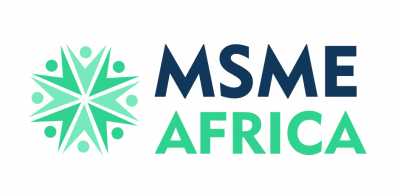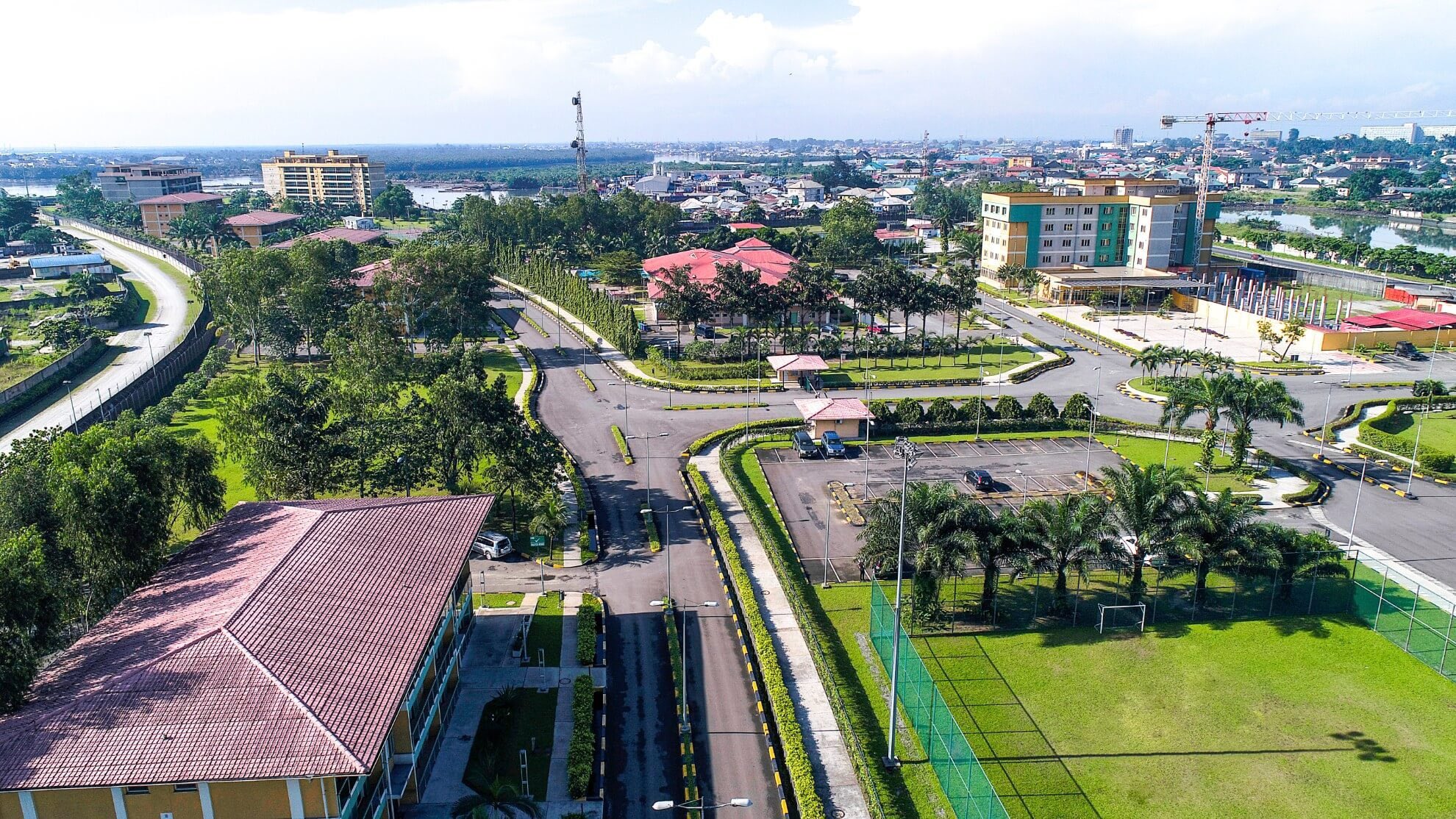Nigeria’s Bonny Light crude closed at $68.85 a barrel, barely breaking a six-session losing streak, as global investors weighed the possibility of a US-Russia agreement to end the Ukraine conflict and its potential impact on Russian oil flows.
The proposed deal would reportedly guarantee Russia’s control of territory seized during its invasion, including Crimea and the Donbas region, with the US now seeking buy-in from Ukraine and its European allies. The plan remains uncertain, particularly as European governments are unlikely to support an arrangement seen as a significant diplomatic win for Moscow. The situation is further complicated by US President Donald Trump’s recent decision to double tariffs on all Indian imports to 50 percent in response to India’s purchases of Russian crude, alongside threats to impose similar measures on China.
Since Russia’s 2022 invasion of Ukraine, the US and European Union have targeted Moscow’s oil revenues through sanctions and export restrictions. Still, market participants have shown an ability to navigate disruptions—whether from tariffs, geopolitical tensions, or outright conflict. This adaptability was on display recently when Russian Urals crude, traditionally avoided by Chinese buyers, was nonetheless shipped to them from Russia’s western ports.
Oil prices, which had risen for three consecutive months, fell more than 7 percent in August as the peak summer demand season ended. With OPEC+ easing its supply curbs, analysts are now preparing for a potential surplus before the end of the year.
In Nigeria, the picture is markedly different. Indigenous oil producers are becoming more prominent in the upstream sector as international oil majors withdraw from onshore assets and security improves in production zones. This shift has driven the country’s highest average crude output in more than five years, with production steady at 1.8 million barrels per day in July. The increased stability has also improved flows to key export points such as the Ugo Ocha terminal, where shipments recently reached 65,000 barrels per day.
Operators like Neconde have turned to barging as a supplement to pipeline transport, a strategy increasingly used by local producers to ensure reliability in moving crude. This operational flexibility comes against the backdrop of structural reforms under the Petroleum Industry Act (PIA) of 2021. Enacted after decades of legislative delays, the PIA overhauled the oil and gas industry’s institutional, legal, and regulatory framework, creating the Nigerian Midstream and Downstream Petroleum Regulatory Authority and the Nigerian Upstream Petroleum Regulatory Commission to replace outdated regulatory structures.
At the downstream end, the Dangote refinery marked a record high in crude imports in July, bringing in 590,000 barrels per day. Despite its capacity and location, only 40 percent of these volumes—about 220,000 barrels per day—came from Nigerian grades such as Amenam, Bonny Light, and Escravos, with the remaining 60 percent sourced internationally. The refinery has been able to purchase domestic crude in naira through a supply agreement with the Nigerian National Petroleum Company since October 2024, but deliveries have consistently fallen short of commitments. The shortfall, coupled with the competitive pricing of US WTI crude and increased OPEC+ supply, has kept a significant portion of the refinery’s feedstock foreign-sourced.
For now, the global oil market’s direction will depend heavily on geopolitical developments between Washington and Moscow, while Nigeria’s domestic industry continues to navigate both the opportunities and the logistical challenges of a shifting energy landscape.










